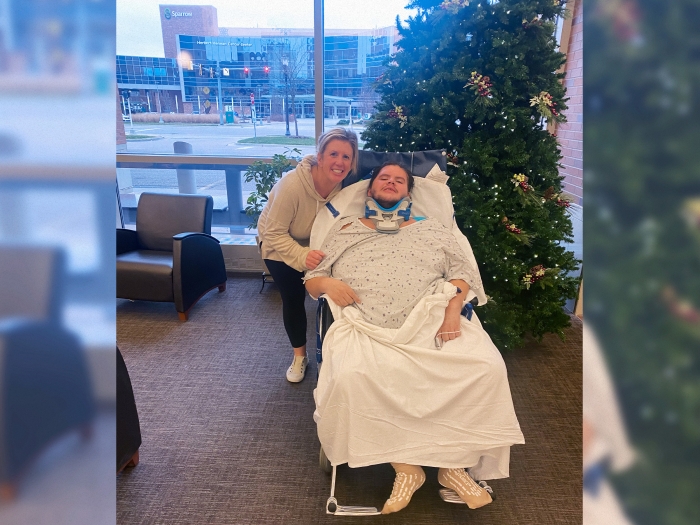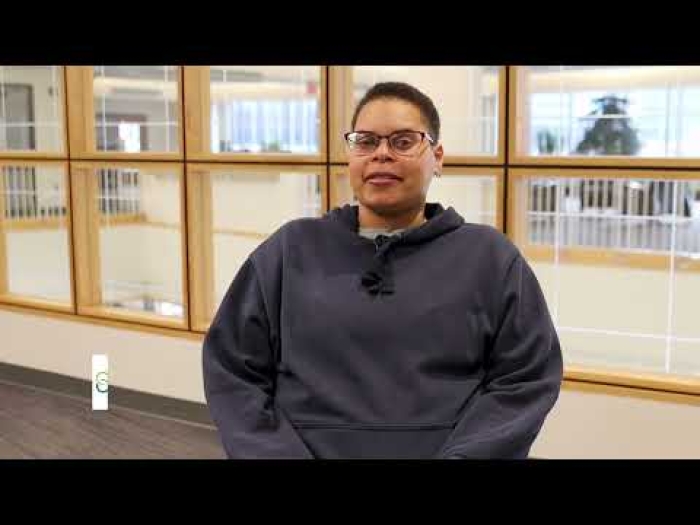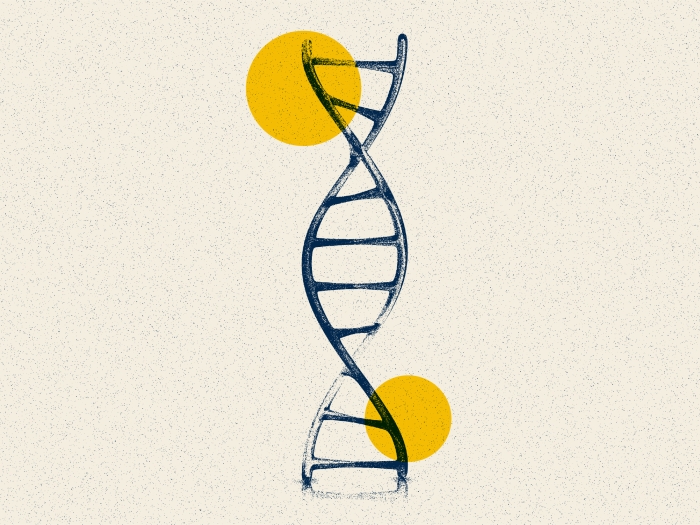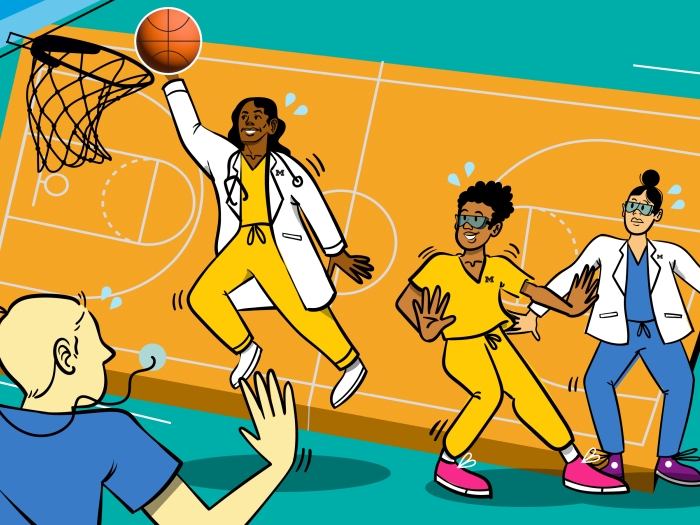Sethan Wilder’s cardiovascular issues began early in life and continued for many years until a heart transplant was his only option.
5:00 AM
Author |
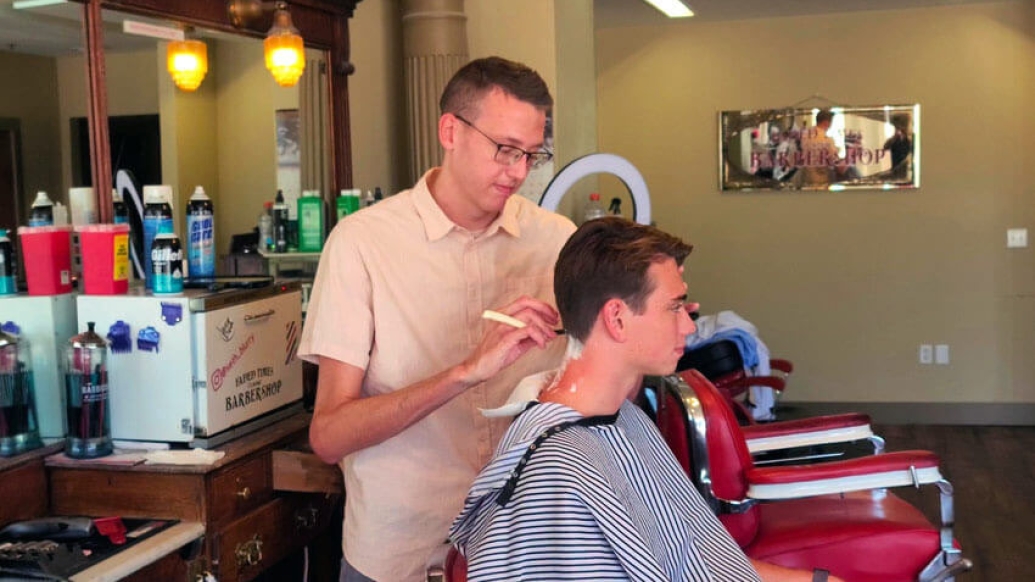
When Sethan Wilder heard the heart he had been waiting for was available, the range of emotions he'd been feeling in the months prior seemed to all come back at once.
"Not just the news that I was in need of a heart transplant, but that I was lucky enough to have the opportunity to have a heart transplant," the 28-year-old said. "I can't say the news made me happy or sad necessarily, if anything it made me eager to take on this new challenge and all that comes with it.
"I had been waiting for this moment, so I had a lot of time to think about it," said Wilder, noting that a nurse at the University of Michigan Health Frankel Cardiovascular Center came into his room at 4am to give him the news.
"Things moved very quickly from there," he said.
With health challenges from birth due to a condition known as Marfan syndrome, this moment was a long time coming.
Defining Marfan syndrome
Marfan syndrome is a rare genetic disorder that affects approximately 200,000 individuals in the United States. It is caused by a defect in the gene that tells the body how to produce the protein fibrillin-1, which is present in the body's connective tissues.
In a portion of patients with Marfan syndrome, including Wilder, a spontaneous gene mutation can cause the syndrome without it being passed down from a parent.
MORE FROM MICHIGAN: Sign up for our weekly newsletter
The syndrome affects the body's connective tissue that holds its organs and tissue together and plays an important role in helping the body grow and develop properly.
Many Marfan patients exhibit characteristics such as long arms, legs and fingers, curvature of the spine, flexible joints and flat feet. Nine out of 10 individuals with Marfan syndrome experience cardiovascular issues.
Wilder is one of them.
Surgery from a young age
His heart issues began as a child, with both aortic and mitral valve disease complicating his life.
"I had my first open heart surgery at C.S. Mott Children's Hospital at 10 years old," recalled the Niles, Michigan, resident. At that time, his aortic valve and aortic root were replaced and his mitral valve repaired.
But 14 years later, in 2019, he underwent surgery for a second aortic valve replacement and mitral valve repair, as well as an ascending aortic replacement. The surgery was performed by U-M Health cardiac surgeon Bo Yang, M.D.
Wilder's symptoms improved, but it wasn't enough to keep his heart from continuing to weaken.
"At age 25, I was having worsening heart failure – it was difficult to breathe and I had no energy," said Wilder. "My quality of life was suffering. I wasn't able to work."
A heart transplant and hope
His best hope would be a heart transplant.
"Over time Sethan's heart muscle continued to deteriorate," said U-M Health heart transplant surgeon Paul Tang, MBBS, Ph.D., noting that Wilder's ejection fraction — an indication of how his heart was pumping — was very low.
"At this point his heart would not recover with conventional surgery. There was nothing we could do to coax his heart back to a very functional level. A transplant was his best chance."
This is really a great collaboration between our heart failure and aortic surgery teams. It's truly a multidisciplinary effort.Paul Tang, MBBS, Ph.D.
While many patients awaiting a heart transplant are implanted with a ventricle assist device until a suitable heart becomes available, Sethan was not a candidate, says Tang.
"He's only in his twenties and has a long life to live. With a VAD, he would need to be on blood thinners, complicating the surgeries he will likely need in the future due to his Marfan syndrome.
"Sethan was fortunate because our heart failure team provided him with the best option in terms of going straight to a heart transplant instead of being implanted with a ventricle assist device," said Tang.
Wilder was put on the heart transplant list in February 2022.
"I was seeing my doctor on a regular basis," said Wilder, then admitted to the Frankel Cardiovascular Center and monitored for a month and a half before a heart became available on May 8.
Focus on collaboration
"A heart transplant is a bit more challenging in a patient with Marfan syndrome," said Tang, noting Wilder's scarring due to multiple surgeries as well as his synthetic aortic grafts. "His aorta is also genetically weaker as a result of Marfan syndrome and at a much higher risk of dissection and other aortic complications from surgical manipulation during the transplant. We used an artery to the arm to access his circulatory system for cardiopulmonary bypass to minimize this risk."
During Wilder's heart transplant, the aortic valve, mitral valve, ascending aorta and aortic root were all replaced, says Tang. "It was really a total replacement of the heart and basically a genetic transplant of tissue with normal genetic composition — without the fibrillin gene mutation — which is not commonly done. As a result, there are no genetic effects related to Marfan syndrome that would impact his new heart.
"The success of the surgery has to do with the skill of our heart failure team of cardiologists, cardiac surgeons, coordinators and social workers — all working together to get the patient listed and to get a heart in time as the patient was very sick."
Following the transplant, Wilder's prognosis is excellent, says Tang.
"Currently he is quite stable and his heart is working well. It is important that he stick to his immunosuppressants medications and is monitored regularly."
Wilder is being monitored for issues with his aorta by U-M Health thoracic surgeon George Michael Deeb, M.D., a foremost expert in aortic disease.
"This is really a great collaboration between our heart failure and aortic surgery teams. It's truly a multidisciplinary effort as we harness all the world-class expertise here at U-M Health to take care of this patient," said Tang. "This highlights our ability to address very complex problems across multiple domains."
Of note, Tang is a surgeon-scientist who is funded extensively by the National Heart, Lung and Blood Institute at the National Institutes of Health. His research focuses on how to provide the best functioning donor hearts to transplant patients like Wilder. (More information about his work can be found at Heart Failure & Transplantation Laboratory.)
Living his life
Today, Wilder is getting back to living his life.
"I have a new heart and all new heart valves and was able to begin to walk three weeks after the surgery. It felt good to have a little bit of freedom," he said, adding that he's also back working as a barber at his family-run shop: Faded Times Barber Shop.
Although he still has symptoms of Marfan syndrome, including sore joints and legs, Wilder says he takes things day by day.
"I'm especially thankful for the advances in medical science that make such a surgery possible, and for all the doctors and nurses who dedicate their lives to help others and make such a procedure possible," said Wilder. "I will be forever indebted to the donor and his or her family for what might be the greatest gift a person can receive — not just a heart, but a new lease on life, some new hope and to be able to wake up and continue to just live and breathe."
Like Podcasts? Add the Michigan Medicine News Break on iTunes or anywhere you listen to podcasts.

Explore a variety of healthcare news & stories by visiting the Health Lab home page for more articles.

Department of Communication at Michigan Medicine
Want top health & research news weekly? Sign up for Health Lab’s newsletters today!
